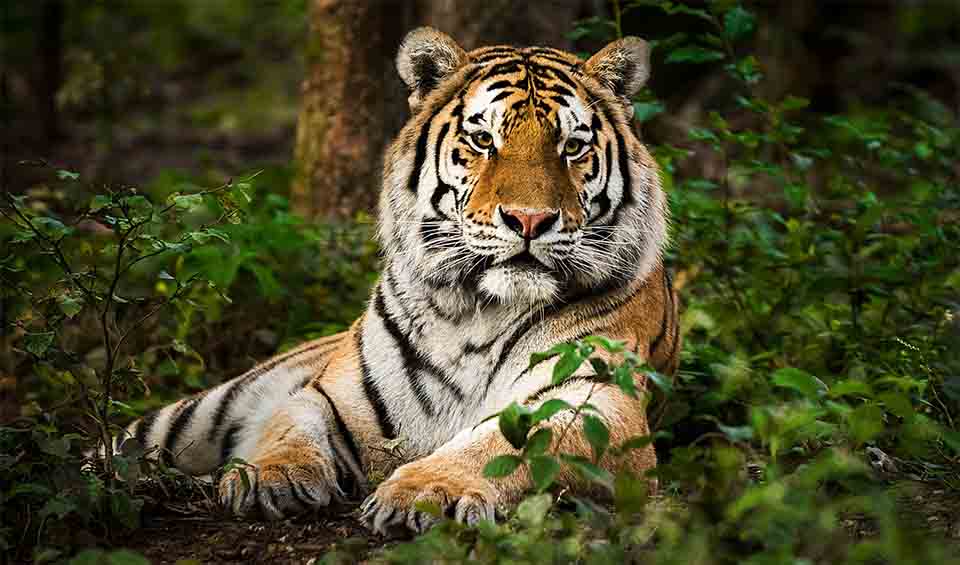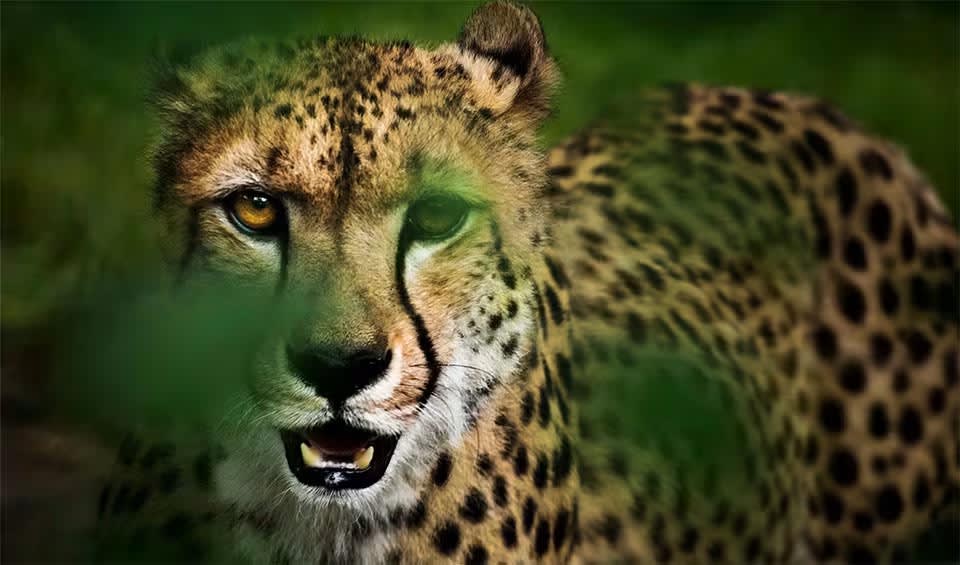A curious and energetic member of the raccoon family that roams the forests, grasslands, and mountains of South America. With its long, striped tail, pointed snout, and mask-like face, the coati is instantly recognizable and full of personality. One of the most unique things about the South American coati is its daytime activity—unlike its raccoon relatives, which are mostly nocturnal, coatis are diurnal, meaning they’re active during the day. This gives them more time to explore, forage, and interact in the open, making them a common (and often entertaining) sight in parts of the Amazon and other tropical regions.
Physically, coatis have flexible, elongated snouts that they use like little vacuum cleaners, poking into leaf litter, soil, and crevices to sniff out insects, fruit, and small animals. Their diet is extremely varied—they’re omnivores that eat everything from worms and eggs to lizards and fallen fruit. Their strong claws and double-jointed ankles allow them to climb trees with ease, and they’re just as comfortable scaling branches as they are rummaging around on the ground. Their striped tails, which can be as long as their bodies, are often held upright like flags as they move through tall grass or dense forest, possibly helping group members keep track of each other.
One of the standout behaviors of the South American coati is its social structure. While males are typically solitary after reaching adulthood, females and young coatis live in large, noisy bands of up to 30 individuals. These groups forage together, nap in trees, and communicate using a wide range of chirps, snorts, and squeals. Group living provides protection from predators and helps them find food more efficiently. Their playful nature and close social bonds make them particularly interesting to observe in the wild.
Distribution
 Argentina
Argentina Bolivia
Bolivia Brazil
Brazil Chile
Chile Colombia
Colombia Ecuador
Ecuador French Guiana
French Guiana Guyana
Guyana Paraguay
Paraguay Peru
Peru Suriname
Suriname Uruguay
Uruguay Venezuela
VenezuelaAnything we've missed?
Help us improve this page by suggesting edits. Glory never dies!
Suggest an editGet to know me
Terrestrial / Aquatic
Altricial / Precocial
Polygamous / Monogamous
Dimorphic (size) / Monomorphic
Active: Diurnal / Nocturnal
Social behavior: Solitary / Pack / Group
Diet: Carnivore / Herbivore / Omnivore / Piscivorous / Insectivore
Migratory: Yes / No
Domesticated: Yes / No
Dangerous: Yes / No




